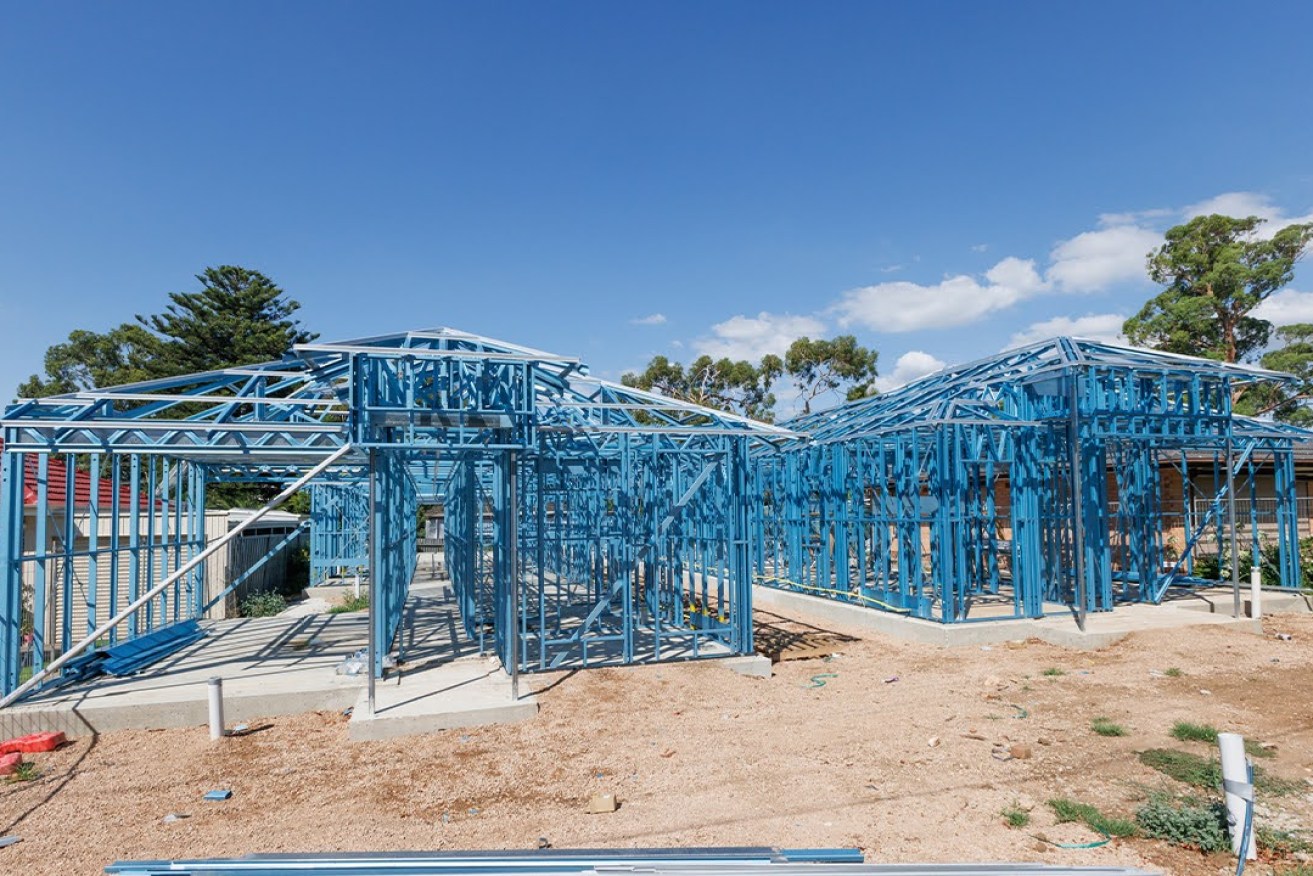Inside SA’s end-of-year housing market
Investment homes are being offloaded and buyers are shunning renovator’s dreams as interest rates bite and tradies reach exhaustion point in the lead up to Christmas.


Photo: Tony Lewis/InDaily
Adelaide real estate agent Simon Tanner said numerous properties were still hitting the market in what previously would be a slow time for sellers, as the impact of rising interest rates continues to create unpredictability.
“With high interest rates, we definitely have a few owners who have multiple homes and they are starting to reduce that portfolio, they are offloading properties to take advantage of some of the past years’ incredible growth,” Tanner said.
Other homeowners were being forced to downsize as interest rates continue to bite.
Tanner said many were struggling with rising repayments, with one staff member who owns a unit with a mortgage that cost $250 a week 18 months ago now having to pay $470.
“We’ve got a few houses listed where people have bought properties about three years ago and they have just completed a big renovation and it’s perfect for them but they just can’t afford to keep it with the interest rates,” Tanner said.
He said most houses on the market in his target areas of Belair and Blackwood, plus Colonel Light Gardens, Lower Mitcham and Panorama, continued to draw healthy prices.
In the past month, multiple record prices of $2 million were hit for homes in Belair and Blackwood.
But buyers shun homes that need work, with Tanner saying they’re unsure about the rising cost and time associated with construction work.
He said a key change was the number of first-home buyers having to rely on parents or grandparents to enter the housing market.
“The ‘bank of Mum and Dad’ is very active, we’ve got a lot of ‘bank of Mum and Dad’ sales they actually fork out the money these days,” Tanner said.
“It’s definitely happening more, we’ve helped our kids out, sometimes it might be a gift, sometimes loaning the money, sometimes going guarantor (for a loan), there are definitely more mums and dads and even grandparents helping.”
Tanner said the ongoing lack of housing with more people shifting to SA was keeping prices high, but it was difficult to predict if they would remain stable next year with the state increasingly affected by global events.
Unfortunately, it also meant the gap in SA between those with wealth and those without was growing, with demand from a growing population meaning there were less houses for sale or rent.
The SA Greens today flagged a plan to raise hundreds of millions of dollars for public housing by taxing property owners who leave a house vacant for more than six months.
The plan would be similar to the Victorian Government’s move to legislate applying a one per cent tax on the value of a vacant property, which could increase up to three per cent over three years.
The Greens estimate that a similar tax applied across SA could raise up to $220 million a year or $880m over four years – enough to build 1760 new homes. According to the 2022 census, there were 83,821 vacant properties in SA.
Meanwhile, construction demand is showing no signs of slowing, according to Master Builders SA chief executive officer Will Frogley.
He said there had been four years of intense demand in the building industry for home renovations and new builds during COVID, which was further fuelled by the state government cutting stamp duty for first-home builders this year.
At the end of June, Australian Bureau of Statistics figures showed there were 14,213 homes under construction in SA, and build times had blown out and costs increased under the pressure of demand and material supply challenges that had now eased.
“That’s very high by historical standards – hence time taken to build has increased as there are not enough trades to support so much activity,” Frogley said.
“The average length of build was about nine months to build a home before COVID and now it is taking about a year to build.”
In the lead up to Christmas, Frogley said this was further exacerbated by strong demand for homeowners wanting construction completed by Christmas and the holiday season.
There was also increasing demand for jobs to be completed like new pools or small renovations so homes were enhanced before the construction industry takes its traditional two-week break from around December 22.
This meant many tradies were entering the final month of this year feeling exhausted.
“The industry is frantically trying to get work finished and hand over homes and new builds, a lot of people are exhausted this time of year and safety is the biggest risk at this time of year,” Frogley said.
He believed construction would remain strong next year with the stamp duty changes, new housing initiatives from the government and building starting on the new Women’s and Children’s Hospital.




